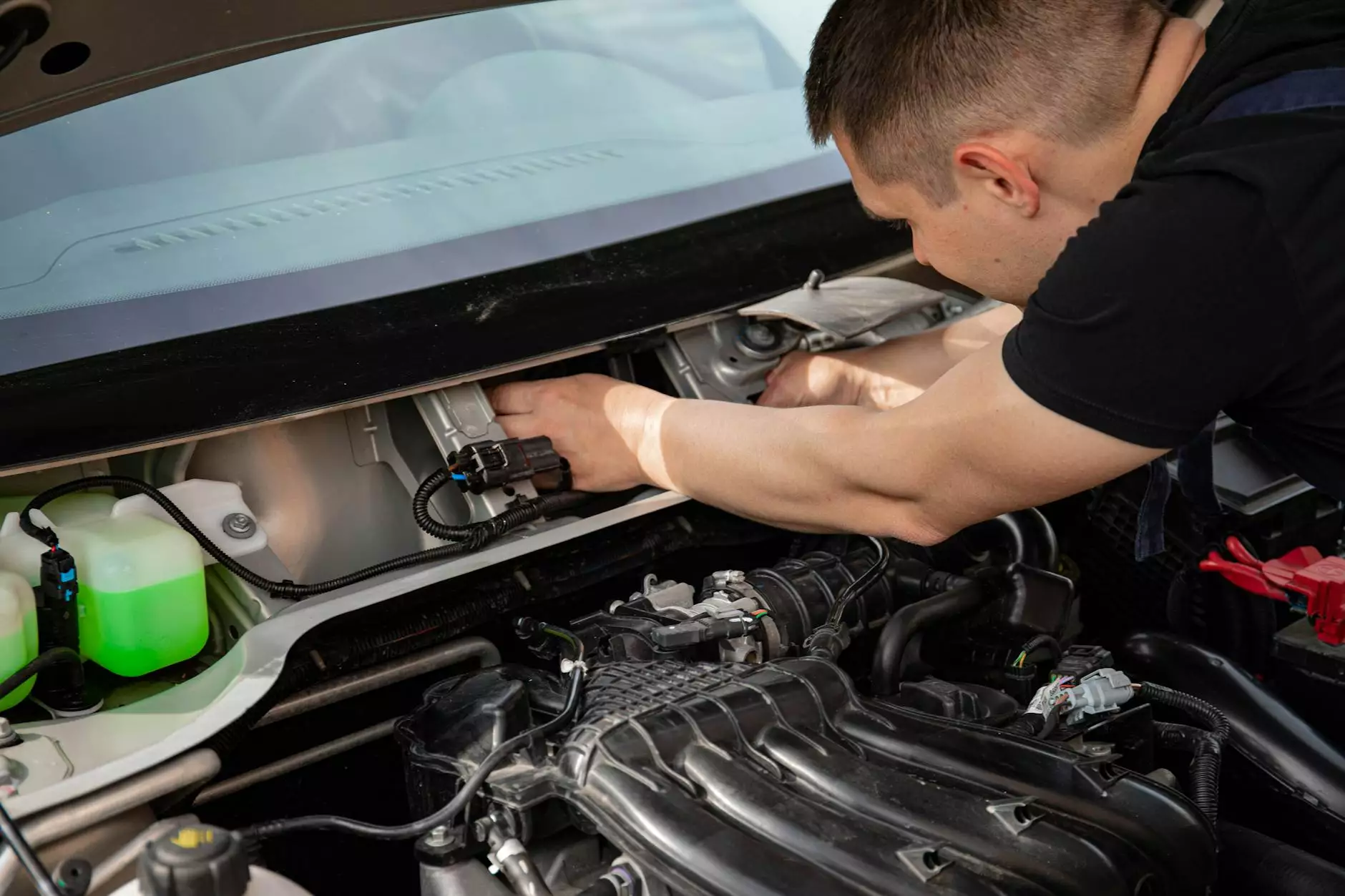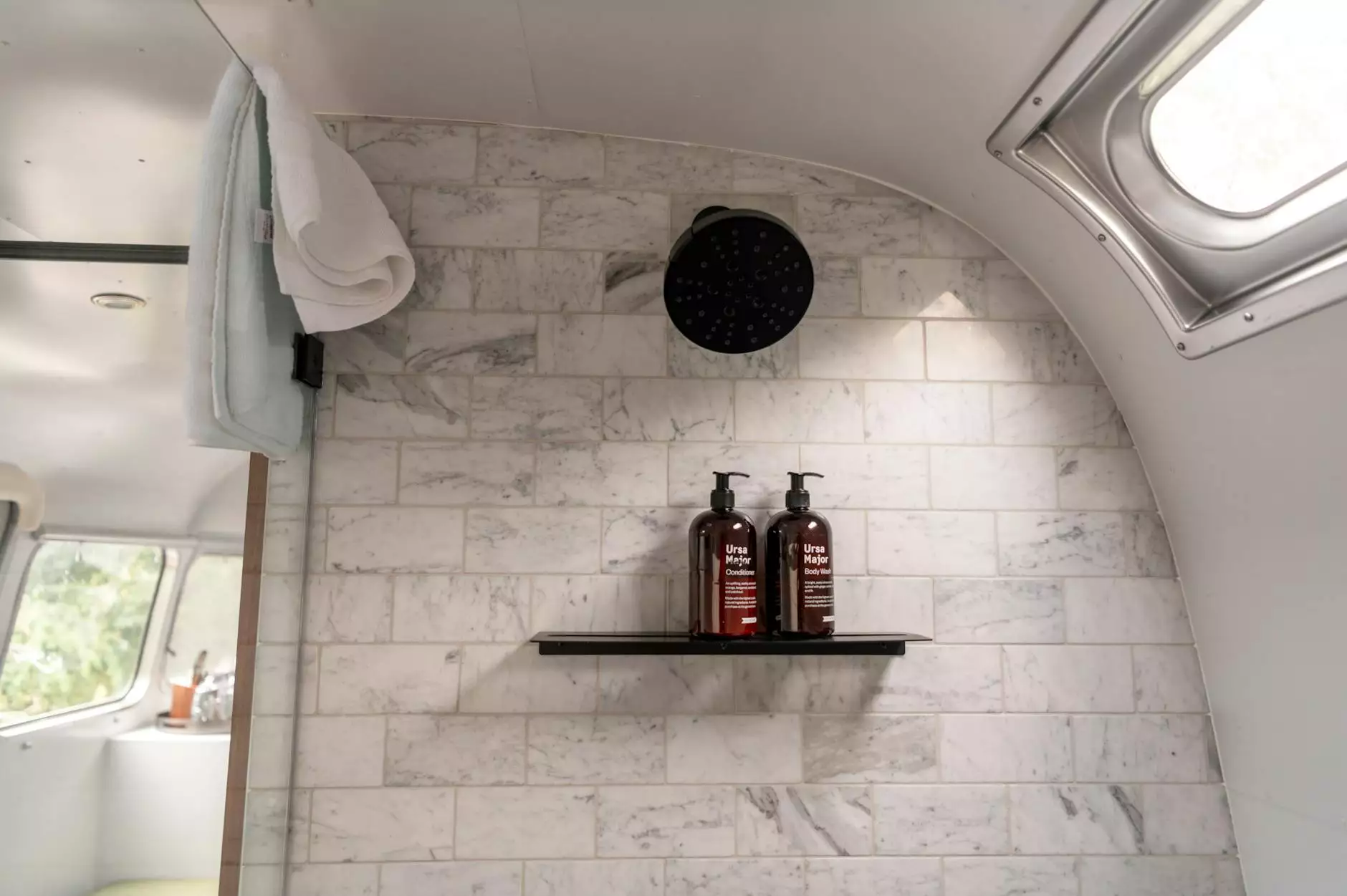Hot Tub Troubleshooting Guide: Your Comprehensive Resource

Hot tubs provide a sanctuary for relaxation and wellness, offering a range of health benefits that can improve your overall quality of life. However, just like any electronic or mechanical device, they can sometimes experience issues. Understanding how to fix these problems can save you time and money, and enhance your enjoyment. This hot tub troubleshooting guide is designed to help you diagnose and resolve common hot tub issues efficiently.
Common Hot Tub Problems and Solutions
Despite their numerous benefits, hot tubs can occasionally malfunction. Here, we outline the most frequent problems that owners encounter, along with step-by-step solutions.
1. Water Temperature Issues
If your hot tub water seems too cold or not heating correctly, several factors could be at play. Here’s how to troubleshoot:
- Check Your Thermostat: Ensure that the thermostat is set to your desired temperature. Adjust it as necessary and allow the heater time to respond.
- Inspect the Heater: Look for any error codes displayed on the digital control panel. A faulty heater, often indicated by these codes, may need replacement.
- Examine the Water Level: Low water levels can prevent the heater from functioning properly. Make sure the water level is above the skimmer.
- Look for Air Locks: Air trapped in the heater can prevent heating. Run the jets for several minutes to help release any trapped air.
2. Low Water Pressure
Insufficient water pressure can lead to an inadequate fountain of bubbles and jets. Here's how to deal with low water pressure:
- Check the Filters: Clogged or dirty filters can greatly reduce water flow. Clean the filters thoroughly or replace them if necessary.
- Inspect the Pump: Ensure the pump is functioning correctly. Listen for unusual noises, which may indicate a problem. If necessary, consult a professional.
- Look for Leaks: Check all hoses and connections for leaks that could be compromising water pressure.
3. Unpleasant Odors
A hot tub should smell pleasant, not foul. If you notice unpleasant odors, the following steps can help:
- Check Chemical Balance: Imbalanced pH and chlorine levels can create odors. Test the water using a quality test kit and adjust the chemicals as needed.
- Clean the Water: Perform a partial drain and refill of your hot tub if odors persist, as bacteria can build up in stagnant water.
- Examine the Filters: Dirty filters can harbor bacteria and contribute to smells. Clean or replace them as required.
4. Jets Not Working Properly
If your jets are weak or not functioning, consider the following troubleshooting tips:
- Inspect the Jet Covers: Ensure that jet covers are not clogged with debris or calcium buildup. Clean them thoroughly.
- Check the Valves: Some hot tubs have diverter valves that direct water flow. Ensure these are positioned correctly to power the jets.
- Examine the Pump Settings: Verify that the pump is operational and set to the correct power level.
5. Error Codes Displayed
Modern hot tubs often have digital displays with error codes to help diagnose problems. Here’s how to interpret them:
- Understanding Error Codes: Refer to the owner's manual for specific error codes and their meanings.
- Common Codes:
- FL (Flow): Indicates a flow issue; check filters and pump.
- OH (Overheat): The tub is too hot; check the thermostat and cooling systems.
- Dr (Drain): Signifies a drain issue; inspect the drain lines and filters.
Preventative Maintenance Tips
Preventing issues is always better than troubleshooting them. Implementing regular maintenance can prolong your hot tub's life and enhance your experience:
Regular Cleaning
Regular cleaning is essential for maintaining water quality and system integrity. Here’s your cleaning checklist:
- Clean Filters Monthly: Remove and clean filters monthly, or more frequently if used often.
- Drain and Refill Every Three Months: Regularly draining and refilling your hot tub will help maintain water quality.
- Check and Clean the Shell: Wipe down the interior surface with a non-abrasive hot tub cleaner to remove any residue or buildup.
Chemical Balancing
Ensure your hot tub water stays balanced to avoid problems. Follow these tips:
- Test Water Weekly: Use test strips to monitor pH, alkalinity, and sanitizer levels. Adjust as necessary to maintain appropriate levels.
- Add Sanitizers Regularly: Use products like chlorine or bromine to keep water clean and safe.
- Shock the Water: Shock the water every few weeks to eliminate contaminants and maintain clarity.
Inspections and Repairs
Regular inspections and timely repairs can prevent small issues from becoming major problems:
- Inspect Equipment: Regularly check the pump, heater, and control systems for any signs of wear.
- Perform Routine Checks: Monitor water levels, temperature, and electrical connections regularly.
- Consult Professionals: When in doubt, consult a professional for repairs and advice to ensure issues are resolved correctly.
Conclusion
Owning a hot tub offers incredible health and relaxation benefits, but proper maintenance and troubleshooting are essential to keeping it in peak condition. By following this hot tub troubleshooting guide, you can confidently tackle common problems, ensuring your hot tub remains a source of joy in your life.
Remember, regular maintenance is key to prevention. Keeping an eye on your water quality, cleaning your hot tub consistently, and inspecting for issues can help you enjoy your hot tub for years to come. For more information, tips, or professional services, feel free to visit niagarahottubs.com.









